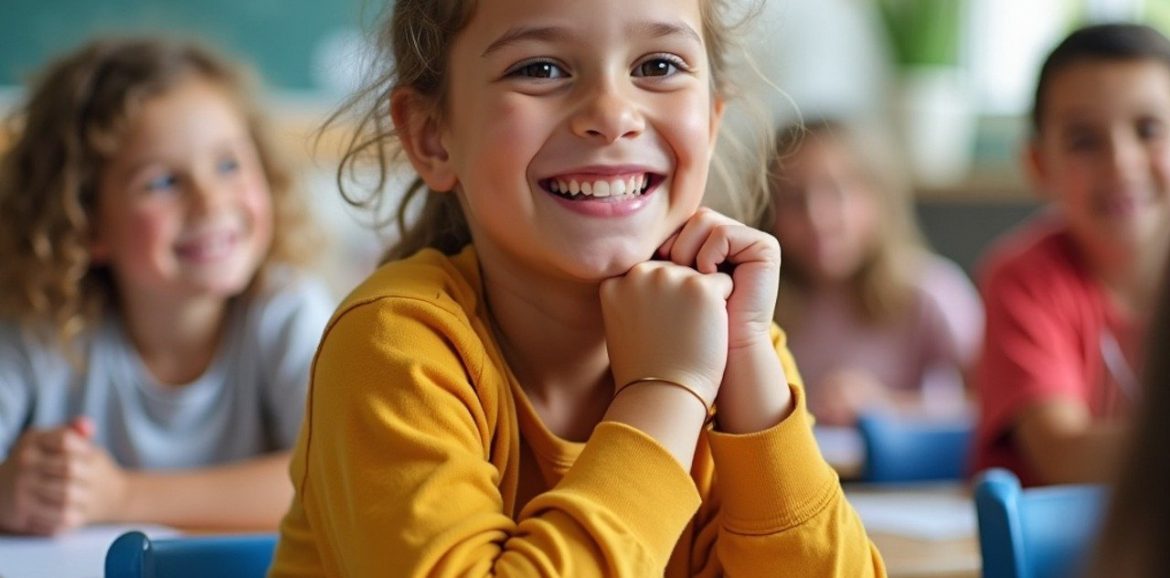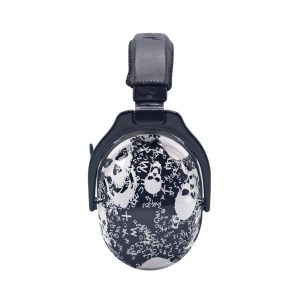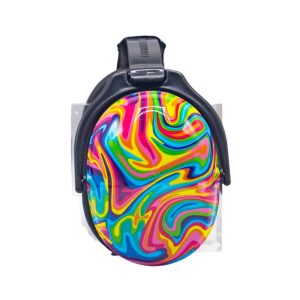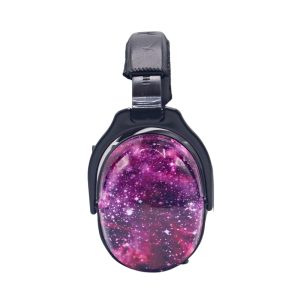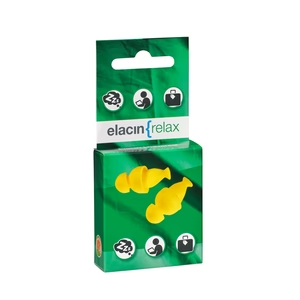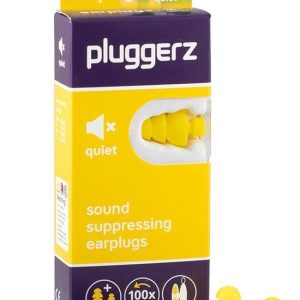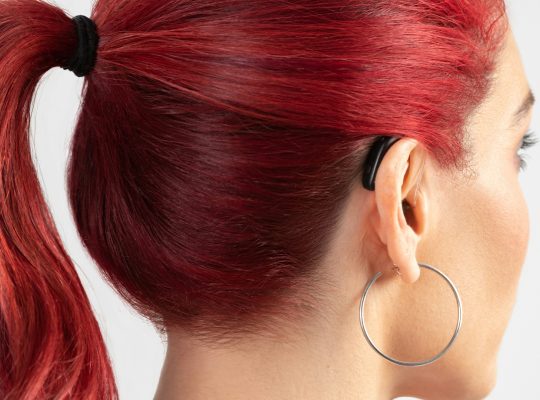The school vacations are over again and with the start of a new school year, questions always come in about hearing protection at school. Parents wonder if ear muffs in the classroom are a good solution for their child. When is it wise to bring hearing protection to school? And what kind of hearing protection is best for children? In this blog, we explain it all to you. Have fun reading!
Why Hearing Protection in the Classroom?
At school, children are exposed to a variety of sounds every day: talking classmates, the din in the hallways, traffic outside and children playing in the playground. Some children have difficulty concentrating in these noisy environments, which can affect their learning performance. For these children, hearing protection can be a godsend.
Hearing protection, such as earmuffs or earplugs, can muffle distracting ambient noise. This helps children concentrate better, especially during times that require concentration, such as tests or work assignments.
When is Hearing Protection Needed?
Hearing protection is especially helpful for children who are easily overstimulated by sound. Children with ADHD, autism or sensory processing problems may benefit from the use of ear muffs or earplugs. For these children, too much noise can lead to fatigue, stress or decreased ability to concentrate.
In addition, hearing protection can be useful during busy times at school, such as during tests or in crowded classrooms. However, it is not always necessary to have children wear hearing protection all day long. In fact, this can backfire, as they become less accustomed to background noise and may become more quickly overexcited when not wearing hearing protection.
Earmuffs or Earplugs?
As a parent, you may be wondering whether it’s better to bring ear muffs or earplugs to your child. Both options have advantages and disadvantages:
Earmuffs
Earmuffs are easy to use and children can easily put them on and take them off themselves. They cover the entire ear and provide good noise reduction. Earmuffs are especially useful for younger children because they are less small and fragile than earplugs. They are also suitable for children who have difficulty inserting earplugs.
The disadvantage of ear muffs is that they are a bit more conspicuous, and not all children like wearing them. They can also be impractical in some situations, such as when a child wears glasses or ear muffs don’t stay on properly during physical activities.
Earplugs
Earplugs are more discreet and take up less space. They can be a good solution for older children who may be uncomfortable wearing earplugs. In addition, earplugs often come with special filters that muffle ambient noise but allow important sounds, such as speech, to pass through. This is ideal in the classroom, where children do want to continue to hear the teacher’s instructions.
The disadvantage of earbuds is that they are a bit more cumbersome to use. Small children sometimes need help with insertion and they can get lost more easily. It is also important to clean earplugs regularly to prevent ear canal irritation.
What is the Difference between Earbuds and Flare Audio’s Calmer?
Flare Audio’s Calmer is a special kind of hearing protector that works differently than traditional earplugs. Instead of muffling sounds, the Calmer reduces certain distortions in the sound, making sharp sounds perceived as less distracting. This can be a godsend for some children, especially those with hypersensitivity to high-pitched sounds.
Unlike earplugs with filters, which reduce sounds, the Calmer improves the quality of the sounds a child hears. In other words, it does not muffle ambient sounds, but rather causes sounds to be perceived as less sharp and distracting.
How Often Can Children Wear Hearing Protection?
While hearing protection can be helpful, it is important to limit its use to times when it is really needed. Children should not become too dependent on ear muffs or earplugs. If they wear hearing protection throughout the day, they may become more sensitive to sounds when not wearing it.
Hearing protection can be especially effective during moments of concentration, such as tests or Cito tests. However, it is wise to also accustom children to the everyday sounds around them so that they do not become too dependent on hearing protection and become overexcited more quickly as a result.
Can Children Get Used to Hearing Protection?
Yes, children can become accustomed to wearing hearing protection, which makes them more likely to become overexcited without it. This happens especially when children wear hearing protection all day long and, as a result, do not learn to cope with the everyday sounds in their environment. It is therefore important to use hearing protection only when it is really needed.
Conclusion: Hearing Protection in School – Good Idea?
Hearing protection in the classroom can certainly be a godsend for children who have difficulty concentrating or are easily overstimulated by noise. Earmuffs and earplugs can help reduce disturbing sounds, but it is important to limit their use to those times when it is really necessary, such as during tests or busy times.
The important thing is to find a balance between using hearing protection and getting used to the sounds in the environment. This allows children to concentrate optimally without depending on hearing protection.
Do you have questions about hearing protection for your child? Please feel free to contact us, we are happy to help!

